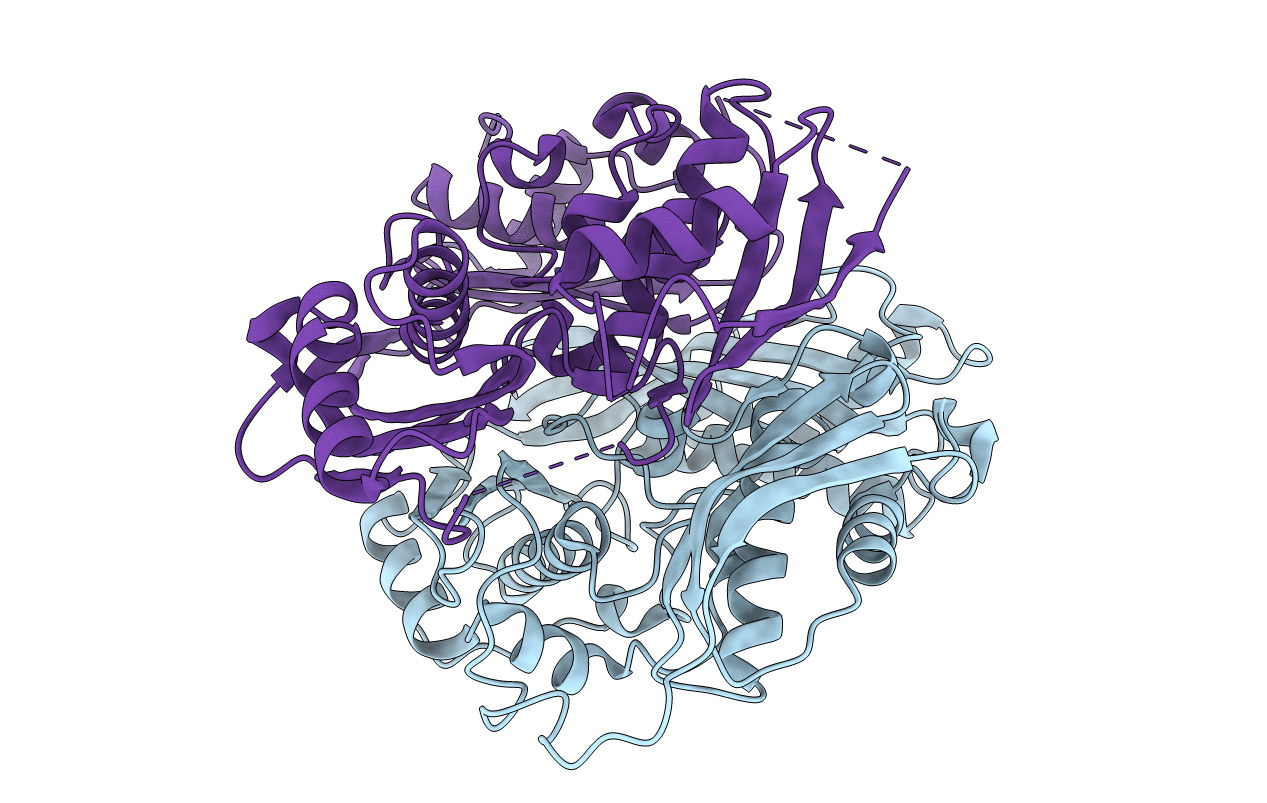
Deposition Date
2019-09-19
Release Date
2020-06-17
Last Version Date
2024-01-24
Entry Detail
PDB ID:
6SW6
Keywords:
Title:
Crystal structure R264H mutant of the human S-adenosylmethionine synthetase 1
Biological Source:
Source Organism:
Homo sapiens (Taxon ID: 9606)
Host Organism:
Method Details:
Experimental Method:
Resolution:
2.85 Å
R-Value Free:
0.28
R-Value Work:
0.26
R-Value Observed:
0.26
Space Group:
C 1 2 1


